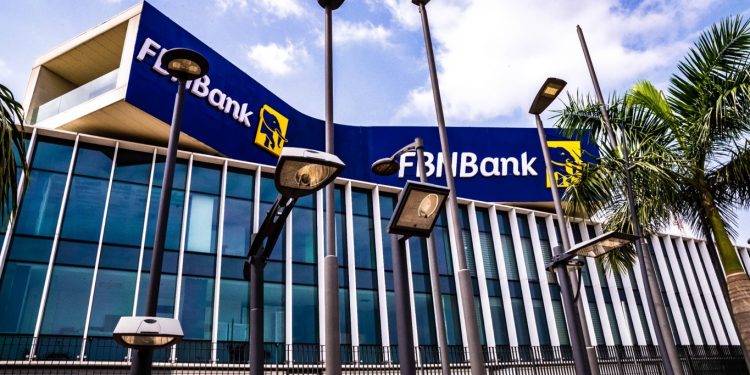FBNBank reduce NPLs to 4.8%, grows profit to GHS 26m
FBNBank Ghana, for the first quarter of this year, strengthened its loan asset quality by reducing its non-performing loans (NPLs).
Non-performing loans at the end of the first quarter of 2022 stood at 4.8%, some 3.71% less the 8.51% NPLs recorded same period last year – Q1 2021.
The bank’s current NPLs of 4.8% falls way below the banking industry’s current NPLs of 14.4%.
The decline in FBNBank’s NPLs can be attributed to efficient loan recovery methods being used by the bank.
The reduction in NPLs is despite increased loans and advances to customers of the bank for the period under review.
Regarding profit made within the review period, FBNBank witnessed some improvement recording a profit-before-tax of GHS 26m, some GHS 6m more when compared to the GHS 20m profit-before-tax recorded in Q1 2021.
Fuelling the rise in profit-before-tax were increments in the bank’s revenue which grew from GHS 44m in Q1 2021 to GHS 56m in Q1 2022.
Net profit for Q1 2021 however, amounted to GHS 17m following tax deductions.
Also witnessing some significant growth within the review period was the bank’s total assets value which grew from GHS 1.6bn in Q1 2021 to GHS 1.9bn in Q1 2022.
Recorded growth in the FBNBank’s assets value was mainly on the account of its cash and cash equivalents as well as loans and advances to customers.
Both elements of the bank’s assets value rose from GHS 262m to GHS 332m and GHS 490m to GHS 570m respectively.
Liabilities, driven mainly by customer deposits witnessed some slight increment.
Total liabilities of FBNBank grew from GHS 1.14bn in Q1 2021 to GHS 1.31bn in Q1 2022.
Capital Adequacy Ratio (CAR) of the bank on a year-on-year on basis declined by 13.63 percentage points – from 70.87% in Q1 2021 to 57.24% in Q1 2022.
Despite the decline, the bank’s CAR remains well above the Bank of Ghana’s regulatory minimum CAR requirement of 13%.
The Capital Adequacy Ratio (CAR) is a measurement of a bank’s available capital expressed as a percentage of a bank’s risk-weighted assets and liabilities.
Capital Adequacy Ratios mandate that a certain amount of the deposits be kept aside whenever a loan is being made. These deposits are kept aside as provisions to cover up the losses in case the loan goes bad.
Examine details of Financial Statement below:
Final March 2022 Financials (Gray Scale) by Fuaad Dodoo on Scribd








